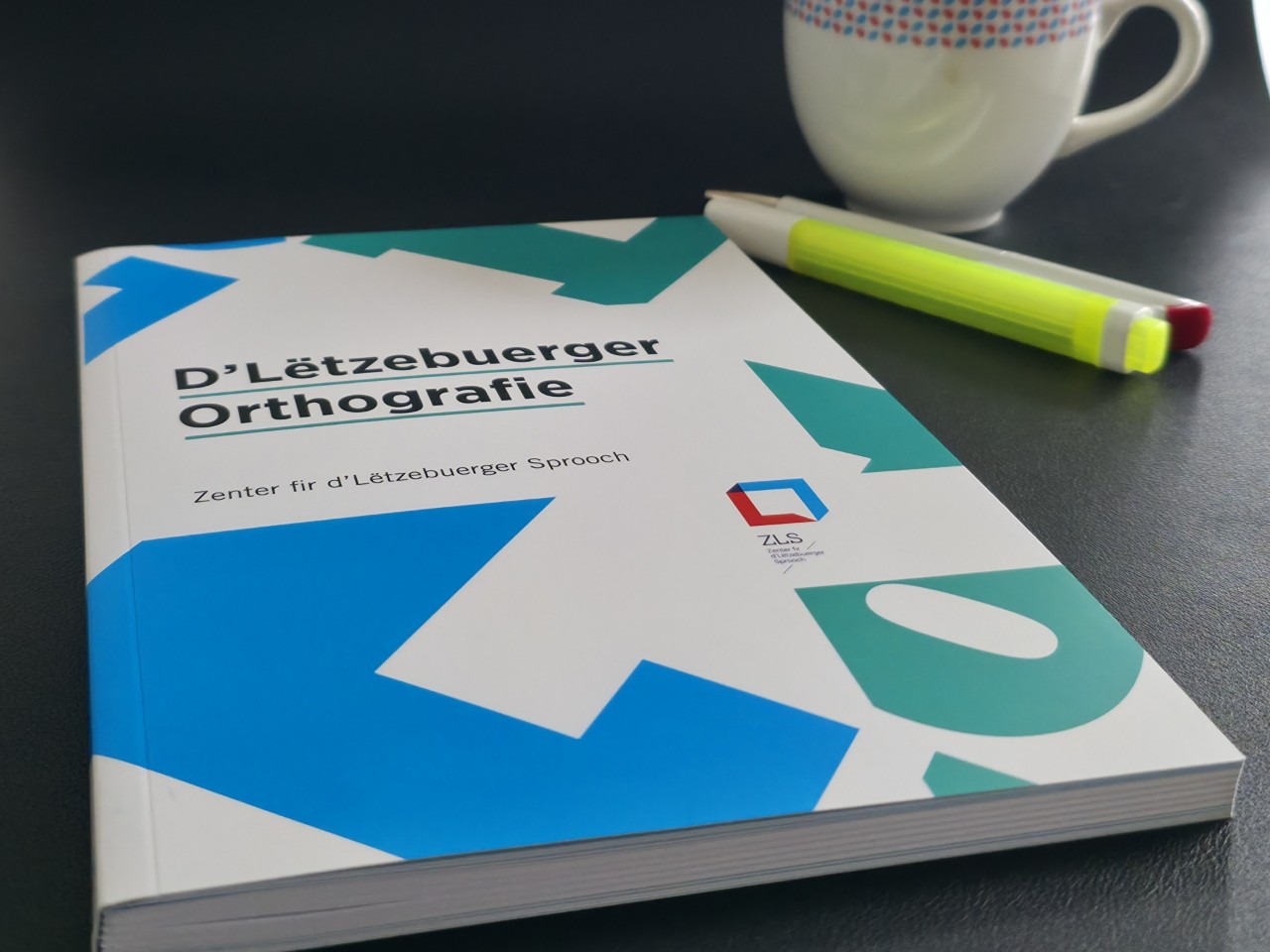Luxembourgish – a living language evolving through the ages

Everyone who lives or works in the Grand Duchy will encounter Luxembourgish on a daily basis, whether at home, in the workplace or online. What was once just a dialect is now a language in its own right – and the national language of a multilingual country.
What is Luxembourgish?
Luxembourgish is a West Central German language belonging to the Moselle Franconian group. It is closely related to the Rhenish dialects of German – known as the "Rhenish fan" – but has also absorbed many influences from French over the course of its history. The result is a living language in which words from both linguistic worlds exist side by side – sometimes even in the same everyday situation.
- A good example is when people say goodbye. They might say "Äddi" (from the German "Ade"), or the slightly more formal "Awuer" (from the French "au revoir"). "Salut" (French) and "Ciao" (Italian) are also common alternatives.
Until the 19th century, Luxembourgish was primarily a spoken language used by the lower classes. The bourgeoisie, nobility and clergy – and later the industrialists as well – all spoke French or German. The first literary works, such as De Reenert (1872), De Feierwon (1859) and Ons Heemecht (1864), did not emerge until the mid-19th century. The latter is a poem by the writer Michel Lentz. It was later set to music, and its first and fourth stanzas became Luxembourg's national anthem.
Language and national identity
Over time, a strong sense of national identity developed, closely linked to the Luxembourgish language. This was further reinforced by historical events such as the German occupation during World War II and social changes in the 1960s and 1970s.
In 1912, Luxembourgish was mentioned in legislation for the first time. After 1945, the first steps were taken to codify the language – in other words, to establish a standard grammar and pronunciation. French influences were deliberately favoured in response to the German occupation.
In the decades that followed, the number of Luxembourgish-language publications grew. The language also became firmly established in the education system.
Official recognition
In 1984, a law was passed to officially recognise Luxembourgish as the national language. In the parliamentary debates on this subject, Luxembourgish was used for the first time in the plenary meeting. Today, it is the most common language there. A further milestone came when Luxembourgish was enshrined in the constitution on 1 July 2023. Article 4 states as follows:
The language of the Grand Duchy of Luxembourg is Luxembourgish. The use of Luxembourgish, French and German is governed by law.
The status, growth and development of the Luxembourgish language have been supported by various measures in recent times: For example, the Law of 2018 on the promotion of the Luxembourgish language led to the creation of the Commissioner for the Luxembourgish Language and the Zenter fir d'Lëtzebuerger Sprooch (ZLS, Centre for the Luxembourgish language). In addition, a legal reform was implemented for the National Institute for Languages (Institut national des langues Luxembourg, INLL) in 2022. That same year, the government also approved a comprehensive 50-point action plan to promote the Luxembourgish language.
Where and when is Luxembourgish spoken (schwätzen) and written (schreiwen)?
Today, Luxembourgish is used in many areas of daily life – but the language also faces some challenges. In UNESCO's World Atlas of Endangered Languages, it is currently classified as "potentially endangered". This is mainly due to Luxembourg's multilingual environment: in the workplace, French and English often dominate as the working languages, while the use of Luxembourgish varies greatly depending on the economic sector.
Luxembourgish as an everyday language
Nevertheless, Luxembourgish is still the first language of most residents. According to the 2021 census, nearly 49% of the population speak Luxembourgish – more than Portuguese or French. German ranks sixth. Although the proportion of Luxembourgish speakers is declining due to demographic change, the absolute number continues to grow.
How and when Luxembourgish is spoken depends very much on the context. According to a study, over 61% of the population use the language in their daily life – whether at home, at school or in the workplace. The number of people learning Luxembourgish as a second or foreign language is also constantly rising.
Luxembourgish in written form
Written Luxembourgish is likewise becoming more widespread, especially due to its increasing use as a common language on social media and messaging apps . Luxembourgish received a major boost in 2008 with the new law for obtaining citizenship, which requires applicants to pass a proficiency test in the language. Interest in language courses rose sharply as a result, and the number of classes offered by the National Institute for Languages more than tripled between 2008 and 2022.
Regional diversity: dialects and varieties
Alongside the standardised form, there are many regional and local varieties of Luxembourgish, some of which are still in use today. This diversity is documented by the Variatiounsatlas, an interactive project by the University of Luxembourg. Based on more than 250,000 responses from the app Schnëssen (Luxembourgish for "chat"), the atlas documents over 700 linguistic differences, offering an impressive insight into the country's linguistic landscape.
Luxembourgish beyond the country's borders
Luxembourgish is not just spoken in the Grand Duchy. It is also used in neighbouring regions such as the east of Belgium's Luxembourg province, in the northwest of the French département of Moselle and along the border between Germany and Luxembourg.
Due to historical developments, Luxembourgish is even encountered overseas: emigration to Romania in the 9th and 14th centuries and to the United States in the 19th century carried the language to Transylvania and the American Midwest. Some of these varieties have survived to this day.
Last update

